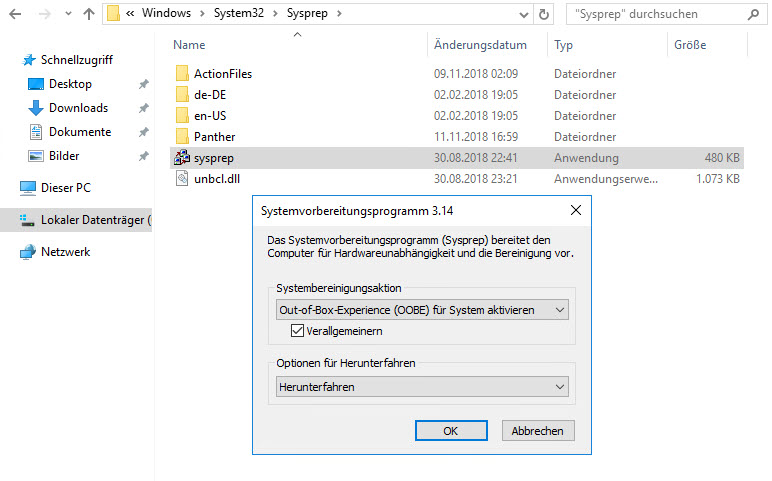Sometimes you need to shrink a thin provisioned VMDK file after a lot of data has been removed as we all find out the hard way that thin provisioning is great for allowing a disk to grow as data fills it up but with the caveat that the disk will not shrink again automatically when data is removed. Hopefully this quick guide will help you to achieve just that.
- Vmkfstools Windows 10 Free
- Vmkfstools Windows 10 64-bit
- Vmkfstools Windows 10 Download
- Vmkfstools Windows 10 Pro
- Vmkfstools Windows 10
Please note this will just reduce the VMDK’s size on the datastore, it will NOT change the provisioned size of a thin disk.
To shrink a VMDK we can use an ESX command line tool vmkfstools, but first you have to zero out any free space on your thin provisioned disk. On Windows guests we can use the sysinternals tool SDelete (replace the [DRIVE:] with the relevant Windows drive letter) you must use v1.6 or later!:
Vmkfstools Windows 10 Free

Vmkfstools Windows 10 64-bit
Using vmkfstools to import converted VM? 10 posts hutchingsp. Ars Tribunus Angusticlavius Registered: Sep 2, 2001. Posted: Mon Feb 11, 2008 12:48 pm. Using vmkfstools to reclaim VMFS deleted blocks on thin-provisioned LUNs (2014849) To recalim the blocks in ESXi 5.5 and ESXi 6.0 you have run the following command. Esxcli storage vmfs unmap -volume-label=volumelabel -volume-uuid=volumeuuid (-reclaim-unit=number) You have the choice to use the volume label or the volume UUID.
This will fill any unused space on the drive specified with zero-blocks.
Caution: This operation will expand your thin-disk to its maximum size, ensure your datastore has the capacity to do this before you run this operation.
Download and install VMFS Recovery software™ on your notebook, desktop or server computer running Windows Vista, 7, 8 10 or Windows Server 2003-2019; Run VMFS Recovery™ and select a target object. Then choose between: Fast Recovery Mode (try this first) Full Recovery Mode. Run this command to clone the VMWare workstation VMDK to a VMWare infrastructure VMDK: vmkfstools -i WorkstationVD.vmdk InfrastructureVD.vmdk. Vmkfstools -i WorkstationVD.vmdk InfrastructureVD.vmdk. Where WorkstationVD.vmdk is the path to the vmdk on the host and InfrastructureVD.vmdk is the name of the VMDK to be output by the converter. Hi all, I am trying to grow a datastore. The reason for this is that I have swapped drives to some larger ones. The drive was the one where ESXi was installed as well as the local data store. I started by shutting everything down. I placed the ESXi drive in my laptop along.

As of v1.6 -c and -z have changed meanings, many instructions say -c zeros free space, this is no longer the case, it zeros the space then fills with random data in accordance with DOD spec: DOD 5220.22-M, the trigger to zero space with 0x00 has changed to -z! On linux guests use:
Vmkfstools Windows 10 Download
Again, replace [PATH] with the relevant path to a location on the target storage device. Next we will shut down the guest OS and SSH into the ESX shell, once in the shell we need to navigate to the VMDK’s datastore -> directory and we’ll check the VM’s actual size:
Punch all zeroed blocks out of the VMDK:
Vmkfstools Windows 10 Pro
Check the size again (should now be less):
Vmkfstools Windows 10
Make sure to replace [DISKNAME] with your VMDK’s actual name. That's it, all the free space should now be reclaimed.